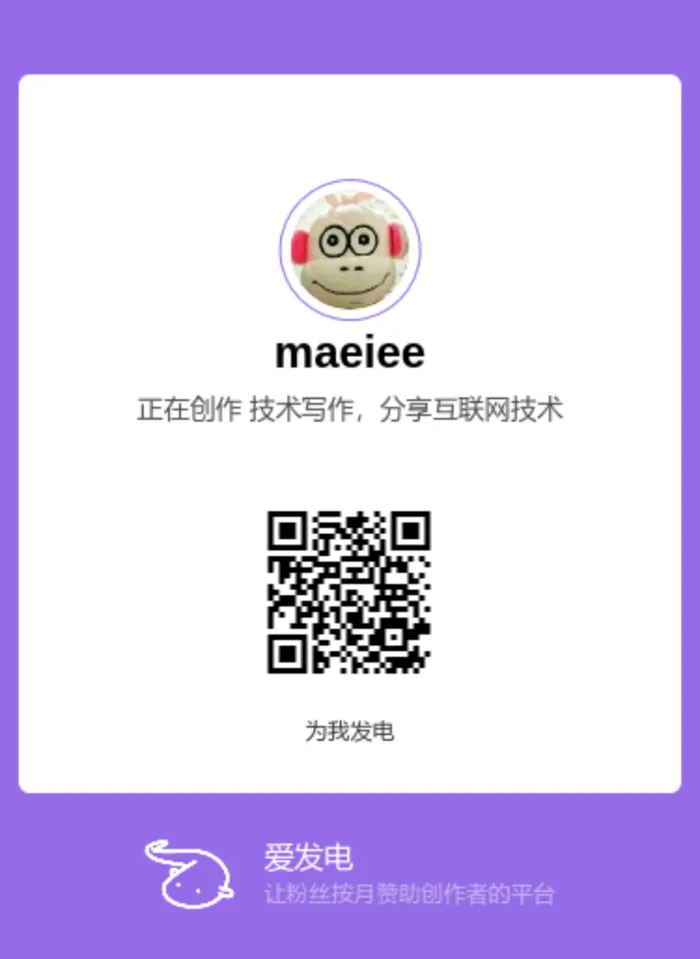Flutter Widget Router
Manages opening and closing pages in an application.
- listens for routing information
- converts route information into
Page - pass
Pageto Navigator
Key Components:
-
Route Information Provider:
- Determines how route names are obtained.
- Used for the initial route and for subsequent route changes.
-
Back Button Dispatcher:
- Handles back button notifications.
- Can be customized for different routing behaviors.
-
Route Information Parser:
- Interprets route names from the route information provider.
- Converts them into a data type
T.
-
Router Delegate:
- Interprets the data from the route information parser.
- Provides navigation widgets based on this data.
Demo
void main() {
runApp(MyApp());
}
class MyApp extends StatelessWidget {
@override
Widget build(BuildContext context) {
return MaterialApp.router(
routerDelegate: CustomRouterDelegate(),
routeInformationParser: CustomRouteInformationParser(),
);
}
}
Information Parser:
class CustomRouteInformationParser
extends RouteInformationParser<String> {
@override
Future<String> parseRouteInformation(
RouteInformation routeInformation) async {
// You can customize the parsing logic here.
// For now, we'll just use the route location directly.
return routeInformation.location ?? '/';
}
@override
RouteInformation restoreRouteInformation(String path) {
return RouteInformation(location: path);
}
}
Router Delegate:
class CustomRouterDelegate extends RouterDelegate<String>
with ChangeNotifier,
PopNavigatorRouterDelegateMixin<String> {
String _currentPath = '/';
@override
GlobalKey<NavigatorState> navigatorKey = GlobalKey<NavigatorState>();
@override
String get currentConfiguration => _currentPath;
@override
Future<void> setNewRoutePath(String path) async {
_currentPath = path;
notifyListeners();
}
@override
Widget build(BuildContext context) {
return Navigator(
key: navigatorKey,
pages: [
MaterialPage(
child: HomePage(),
key: ValueKey('Home')),
if (_currentPath == '/details')
MaterialPage(
child: DetailsPage(),
key: ValueKey('Details')),
],
onPopPage: (route, result) {
if (!route.didPop(result)) return false;
// Update the current path when a route is popped
_currentPath = '/';
notifyListeners();
return true;
},
);
}
}
In this demo, CustomRouteInformationParser parses the route information into a String. The CustomRouterDelegate then uses this string to determine which page to display. The HomePage includes a button to navigate to the DetailsPage, and the Navigator in the RouterDelegate is used to manage the stack of pages.
This is a basic example. In a real-world application, you would likely have more complex route parsing and handling logic.
Architectural Design
An application can have zero, one, or many Router widgets, depending on its needs.
No Router:
- App has only one "screen" (single page)
- or Navigator is sufficient
Multiple Routers:
- routers in tree level
State Restoration
Capable of restoring the current configuration after app restarts.
本文作者:Maeiee
版权声明:如无特别声明,本文即为原创文章,版权归 Maeiee 所有,未经允许不得转载!
喜欢我文章的朋友请随缘打赏,鼓励我创作更多更好的作品!
